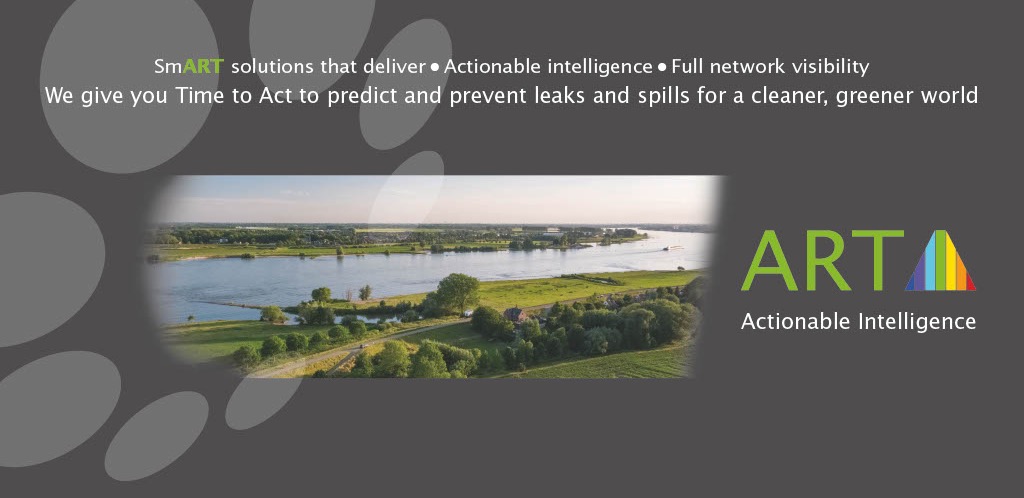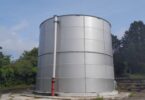Sewage spills are fast becoming one of the UK’s most pressing environmental and social problems. According to the Environmental Agency (EA), in 2022 the average raw sewage pumped into rivers and seas was 835 times per day. However, due to underreporting, this figure is expected to be much higher.
These spills pose a serious threat to water quality, aquatic life, and human health, as these contaminated waters can lead to serious illnesses.
The issue came to a head last year after intense rain and the dry ground was unable to quickly absorb the water, which resulted in multiple sewage spills all along England’s south coast. The sewage spills also caused public outrage, as many beachgoers fell ill as a result of bathing in contaminated water.
Many of these discharges were no accident, but the result of Combined Sewage Overflows (CSOs).
Combined sewers are those that collect both sewage and stormwater runoff in the same system. During times of peak rainfall, these sewers are designed to release some wastewater into the environment to avoid overwhelming the system and potentially flooding homes and businesses. The EA requires water companies to monitor overflows, resulting in fines if they fail to meet the EA’s requirements.
Data from the EA shows that in 2021 there were 24,800 CSO discharges into bathing waters with a total duration of 162,000 hours.
CSOs are designed to be a last resort, but many, including UK Water Minister Steve Double, believe that water companies are relying too much on overflows and should significantly reduce how much sewage is discharged into our rivers and oceans. For example, non-profit organisations such as Surfers Against Sewage are pushing to end sewage discharge in UK bathing waters by aiming for a 90% reduction by 2030.
The problem is that most of these sewers were built in Victorian times and are not designed to meet the demands of the current population. The increasing frequency and intensity of extreme rainfall events due to climate change are also magnifying the problem. That’s not to mention un-flushable items like wet wipes entering sewage networks and causing severe blockages. What results, is a veritable ‘perfect storm’ for sewage spills.

Tim O’Brien – CEO – Metasphere Ltd
“Utilities have found themselves on the back foot,” says Tim O’Brien, CEO of Metasphere. “The public is furious. Infrastructure is outdated, failing, and will cost billions to upgrade. Fines are reaching millions of pounds. Severe wet weather events are making everything worse. It’s an enormous challenge.”
In an effort to combat the problem, the government enacted a new plan to crack down on sewage spills and set “the strictest targets ever” for water companies to reduce sewage overflows.
The Storm Overflows Discharge Reduction Plan will require utilities to deliver their largest ever environmental infrastructure investment to date – £56 billion over 25 years – into a long-term programme to tackle storm sewage discharges by 2050. The plan aims to eliminate 40% of raw sewage overflows by 2040, with an 80% reduction by 2050.
To reach these targets, water companies will have to enact swift and decisive technological and structural changes across their operations. However, replacing all the existing combined sewage systems with new ones that collect wastewater and stormwater in separate pipes isn’t an option in many historical cities and would be exceedingly costly to implement. For this reason, many water companies are turning to digital technologies to make the management of wastewater networks more efficient to reduce the reliance on CSOs and combat sewage spills.
Going digital
Water utilities typically have poor visibility of their network as traditional remote monitoring equipment is expensive, and as a result, is only placed at a few points along the wastewater network. This, combined with ageing infrastructure, means that water companies often lack accurate up-to-date data about the volumes in their network at any given time.
Without this data, they are unable to predict, manage and prevent spills and reduce CSOs. This lack of data also hinders their ability to predict and prevent infrastructure failures and blockages which can lead to pollution events.
Clearly, something needs to change, and UK-based firm Metasphere believes it has the answer.
Founded in 2006, Metasphere specialises in developing and supplying remote telemetry units (RTUs) to the water and wastewater industry. The firm assists its customers in achieving ‘zero escapes’ across their network – no leakage, no spillage, no shrinkage.
It does this through a suite of solutions that combine real-time data collected by Internet of Things (IoT) sensors placed along the wastewater network, with predictive analytics and machine learning, to equip water managers with accurate and actionable insights.
These solutions not only improve network visibility but also act as tools to predict and forecast future weather events that may cause sewage spills. For example, one of the many functions of Metasphere’s ART Sewer solution is to combine wastewater level and rainfall data to provide intelligent alarms that pinpoint high-risk areas within the network, giving operators time to act.
Metasphere has also developed a solution specifically targeting CSOs. The firm’s Point Colour RTUs record the effluent level in a sewer in real time, generating an automatic alarm when levels are sufficiently high to pose a spillage risk. The system stores all the data for future analysis and the production of discharge reports.
To date, several utilities have adopted Metasphere’s CSO solutions. For instance, since 2015, Metasphere has supplied, installed and maintained more than 2,300 Point Blue RTUs and level sensors for Yorkshire Water. Yorkshire Water is a water utility that provides water and wastewater services to some 2.3 million households and 130,000 business customers across Yorkshire.
Metasphere’s solution has enabled the utility to temporally and geospatially identify incidents and act swiftly to avoid CSOs. The technology enables early detection of potential incidents within the sewer network, helping to reduce the environmental impact of uncontrolled discharge.
Metasphere says that this fast and effective response to uncontrolled spillages has helped Yorkshire Water, and other utilities like it, reduce the risk of environmental damage and associated financial costs. The data collected and information provided has allowed for greater predictive operation, maintenance and management, and the control of assets and processes have been improved, with access to data for both online and offline analysis and modelling.
Related articles:
Metasphere
Final Phase of Narragansett Bay Combined Sewer Overflow Program Breaks Ground







